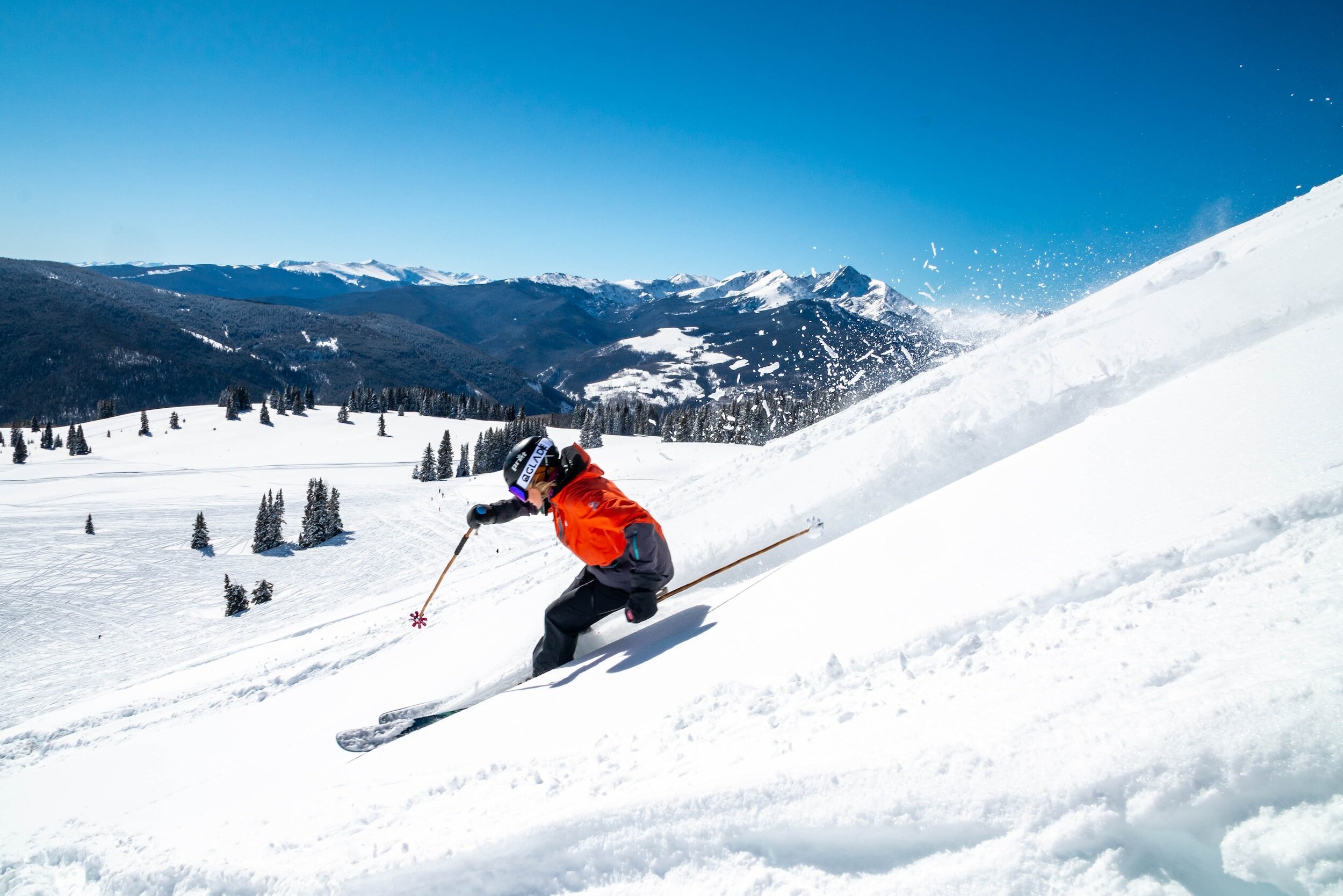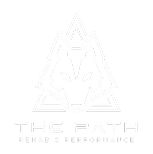Injury-proof your knees for skiing and snowboarding

It’s that time of year again: the PNW grey gloom is starting to turn into white fluffy stuff in the mountains. “Bathroom breaks” are now just an excuse to go check the upcoming snow forecast, and mountain cams are on the default page of your web browser. Ski and snowboarding season is nearly upon us, and, El Niño or not, fresh turns and all-time memories are bound to be had. Every skier and snowboarder wants to have a full season to turn a would-be gloomy PNW winter into a magical one, but there is one thing standing in the way: knee injuries. While there are a variety of injuries that are possible on the slopes, knee injuries are often the ones that take people out for an entire season or more. So then what can be done to reduce knee injury risk on the slopes so that you can have a full season without sitting on the sidelines? Let’s do a deep dive into when knee injuries happen on the slopes, and what can be done to prevent them.
What are the most common knee injuries in skiing and snowboarding?
ACL and MCL tears are by far the most common injuries sustained on the slopes, making up ⅓ of total injuries among skiers, followed by upper extremity injuries, back injuries, and concussions. These tears are feared by skiers and snowboarders alike, as ACL tears in particular almost always require surgery and a subsequent 9-12 month rehab process in order to return to the slopes. That’s an entire season, if not more if it occurs later on in the season. Furthermore, after these tears have been sustained, the likelihood of an additional tear goes up substantially, with 20-25% of cutting and pivoting athletes sustaining re-tears after surgery.
When do serious knee injuries occur on the slopes?
Knee injuries on the slopes see spikes based on terrain, time of day, and during certain physical maneuvers.
Terrain: Believe it or not, the most common terrain in which knee injuries occur is in groomed blue terrain. While the rationale is purely speculation, it is likely that injuries occur in this terrain when either beginners attempt to take the next step past greens and are in over their head, or advanced riders get carried away and try to get too steezy with it. Injuries also frequently occur during the transition between groomed and ungroomed terrain, when riders may get caught off guard by the more variable snow conditions and lose their bearings.
Time of day: Unsurprisingly, most ski injuries occur at the end of the day, presumably when riders are fatigued and lacking the necessary muscular force output required for adequate “suspension.” Compounded on top of fatigue are variables such as conditions being “skied out” at the end of the day, meaning the snow has been chopped up by riders over the course of the day, creating variability in the snowpack which makes for bumpier riding.
Mechanics/maneuvers: within the context of the above conditions occur certain body mechanics and maneuvers that most commonly lead to ski and snowboarding injuries. Landing from purposeful (and accidental) jumps is the most common instance of knee injuries, as well as getting bucked out of control by choppy terrain. During these instances, the “suspension” system of the knee is not able to withstand the impact force of the landing, and in many scenarios the knee will buckle inwards into a “valgus” position, placing extreme stress on the ACL and other ligaments. Knee injuries can also occur when skiers land too far back on the ski in hyperextension, causing the boot to pull the tibia or shin bone forward in relation to the knee. Finally, it is also possible for knee injuries to occur when catching an edge in groomed or choppy terrain when the ski bindings fail to release properly, causing significant torque on the knee joint.
How to reduce the risk of knee injuries on the slopes
While it is impossible to prevent injuries in extreme sports such as skiing and snowboarding, it is absolutely possible to REDUCE knee injury risk significantly. And though sometimes ideal conditions are hard to come by, one can train in such a way that prepares them for whatever kinds of terrain they may encounter, so that it takes much more to become fatigued and their legs may act as an effective suspension system even when things go wrong.
Strength training: anyone who has been following us for a while probably knew this one was coming. Strength training is the number one training modality for injury risk reduction, and it is no different for skiing and snowboarding. The stronger your legs and core muscles are, the more the MUSCLES will be able to act to absorb forces on landings, rather than joints, bones, and ligaments. More strength equals more controlled landings and less fatigue at the end of the day, since each maneuver you make on the mountain will be less of an effort. Skiing and snowboarding without committing to a strength training routine is like riding a mountain bike from the 90’s; sure there’s some suspension there, but it’s stiff and rusty and hasn’t been maintained in decades. Strengthen up those muscles several times per week via weighted squats, lunges, step ups, nordic curls, etc. with a weight that feels highly challenging within 3-5 sets of 1-8 reps, and over time you’ll upgrade your body’s suspension system.
Speed training: speed training is great for getting your fast twitch muscles fine-tuned and ready for explosive movements on the slopes. This type of training can be extremely beneficial for reacting properly to variable terrain and landing gracefully, rather than stiffly, from jumps. Stiff landings are the enemy in regards to knee safety, so learning how to absorb forces quickly can go a long way in reducing knee injury risk. Examples include tall box jumps, box drop jumps, weighted squat jumps, jumping trap bar deadlifts… the list goes on. This training should consist of low volume but high intensity rep schemes (ex: 2 sets of 5) and is not to be confused with interval training, which sacrifices explosiveness for muscular fatigue.
Endurance training: third on the list but still important is endurance training. This can come in many forms, including cardiovascular exercise and HIIT training, and is effective at improving cardiovascular and muscular endurance in order to delay the time to fatigue in the mountains. The further that fatigue threshold lies, the lower the likelihood of injury throughout your day due to fatigue.
Long story short, skiing and snowboarding are both great sports that can turn a dreary PNW winter into an amazing one, so don’t take them for granted by not training. The time and effort spent on training are a small price to pay in comparison to a whole winter trapped indoors due to a major knee injury.
Looking to work with a professional to rehab an injury or get proactive to reduce injury risk? Click here to book a FREE consultation!
Dr. Brooks Kenderdine
PT, DPT, CSCS, USAW-1
Co-Owner | The PATH Rehab & Performance
Sign up for our newsletter
Join our community and receive exclusive physical therapy insights, training strategies, and recovery techniques tailored for active people.
